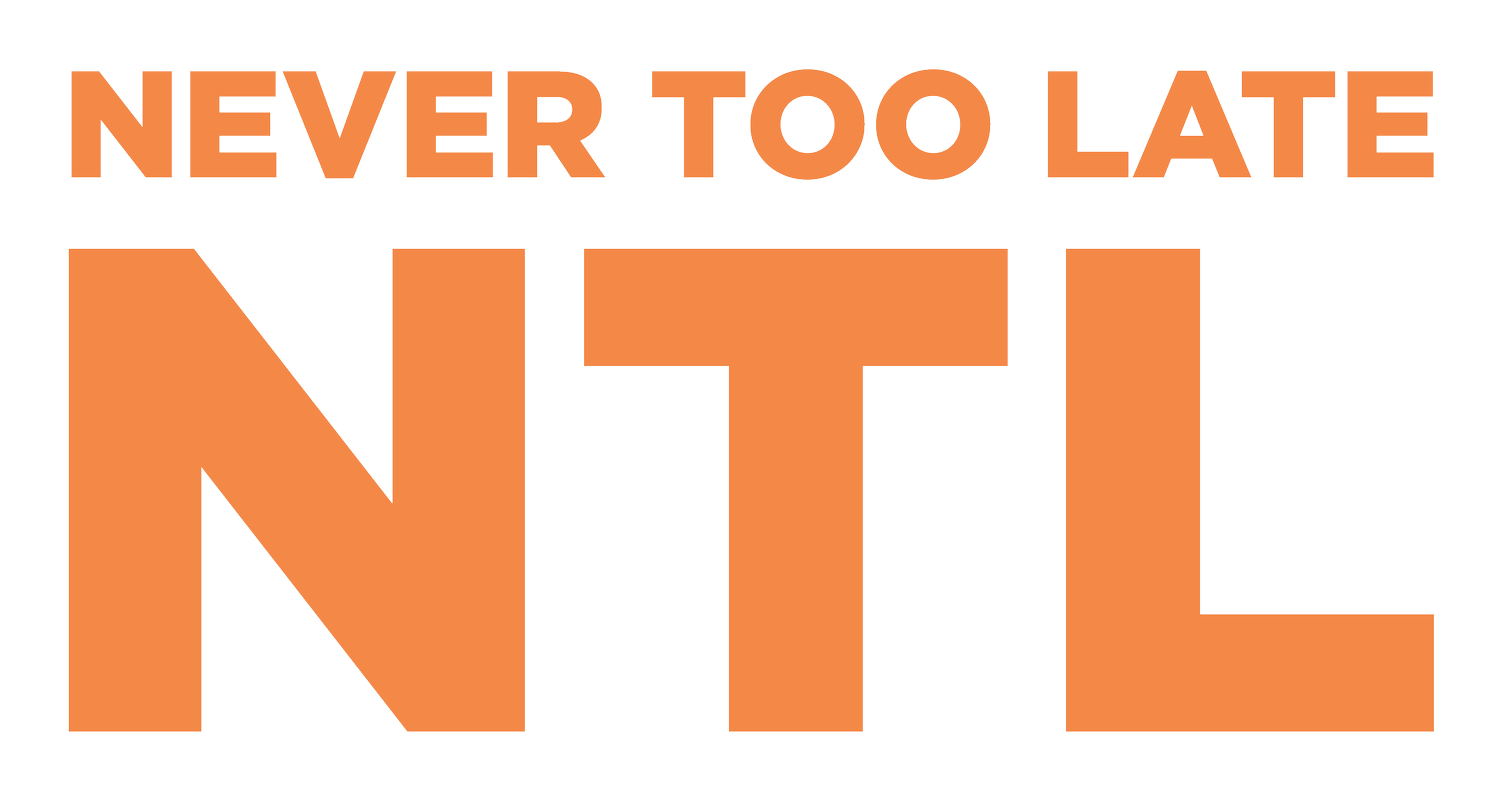Somatic Healing as an Effective Tool - October 2025
Summary
Somatic therapist and author, Nadia George, explored what somatic healing truly is—and what it isn’t. Drawing from her professional expertise and lived experience, Nadia demystified the science behind somatic practices, shared real-life examples of what works (and what doesn’t) in the heat of the moment, and guided participants through practical tools they can start using right away.
Soundbites & Takeaways We Loved!
Somatic healing isn’t bypassing emotions, forcing positive, or avoiding; it’s about learning to stay in the present and build tolerance for what is
Somatic practices take a “bottom up” approach to healing, meaning that the work happens in the base of the brain, rather than the pre-frontal cortex, great news for those who do not want to or can’t talk about their trauma
While somatic healing may include practices such breathwork, yoga, or relaxations, it goes beyond these practices
When emotional stress is held in the body, over time it affects our health. This can manifest into physical symptoms such as stomach issues.
Somatic healing is about noticing and tracking sensations, creating tolerable windows of activation, and building the nervous system to relearn safety and adaptability
Acknowledging and being with our feelings rather than seeking to try to fight or change them is an important aspect of somatic healing. You can learn more about this through Compassionate Inquiry.
Practical tools for relationships:
Co-regulation – using safe connection to settle the nervous system
Pause before responding – orient to safety first
Name sensations, not blame
Use breath as a bridge during conflict
When there isn’t an “answer” to the feelings, we can focus on responding to what our body needs based on our sensations rather than responding to the issue
Somatic approaches are excellent options for those with neurological differences like FASD or traumatic brain injuries as they provide strategies to calm the body, rather than focus on “talk therapy”
Actionable Ideas & Activities
Do a quick scan of your body from your toes to your head for 30 seconds. What sensations are present? The goal is acknowledgment and acceptance, not change. Be with your feelings, do not seek to change them.
Imagine yourself in what you would consider your safe space. It can be a real place or an imagined one. It can be inside or outside. Use your “senses” to enliven the safe space – what do you see, smell, taste, hear and feel (tactile)?
The 54321 grounding practice can be useful in moments of dysregulation and difficult feelings. Name 5 things you can see, 4 things you can feel (tactile), 3 things you can hear, 2 things you can smell, and 1 thing you can taste.
Practice self-understanding and self-responding with a trusted friend or connection. Take turns with one person sharing a frustration and the other pausing and reflecting back any sensations that come up in the body.
